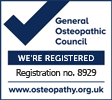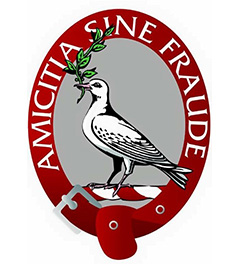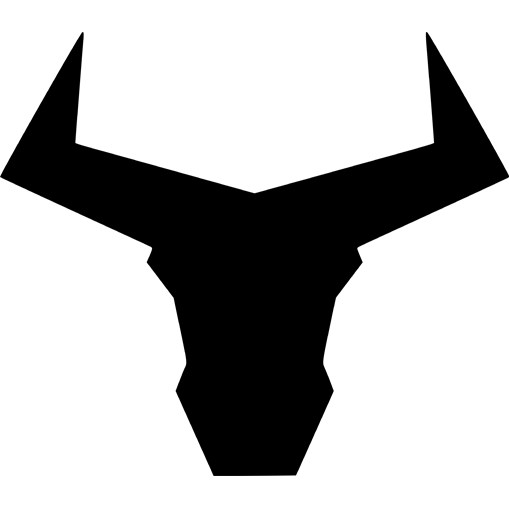John Rothery the Principal at Rothery Health Centre in Saundersfoot, Pembrokeshire commences his two day Cupping course this weekend at the Medical Centre in Iford, Essex. This is with other allied health professionals such as GPs, Physiotherapists,Chiropractors and of course Osteopaths run by the BCS(British Cupping Society).Led by a team of medical professionals, the BCS aims to regulate training and standards in cupping therapy for healthcare professionals.
Health care professionals can include the following-
- Medical Doctors & General Practitioners
- Surgeons
- Dentists
- Nurses with a background in Health Sciences
- Physiotherapists
- Pharmacists
- Physician’s Assistants
- Psychiatrists
- Radiologists
Why Health Professionals Only?
They accept that there is great enthusiasm amongst practitioners and the public to practice this therapy. However professional standards must be maintained in order to ensure patient safety and to ensure that British Cupping Society Practitioners deliver the best care. The courses are based on the application of Medical Cupping Therapy and therefore the practitioners need to have a background in the health sciences and be skilled in diagnosis and patient communication.
Workshop Delivery
Fully qualified medical doctors and academics with an interest in Cupping and Alternative therapies will deliver the workshops, they have demonstrated leadership in cupping at an international stage.
There are different methods of cupping, including:
- Dry
- Wet
During both types of cupping, your therapist will put a flammable substance such as alcohol, herbs, or paper in a cup and set it on fire. As the fire goes out, he puts the cup upside down on your skin.
As the air inside the cup cools, it creates a vacuum. This causes your skin to rise and redden as your blood vessels expand. The cup is generally left in place for up to 3 minutes.
A more modern version of cupping uses a rubber pump instead of fire to create the vacuum inside the cup. Sometimes therapists use silicone cups, which they can move from place to place on your skin for a massage like effect.
Wet cupping on the other hand creates a mild suction by leaving a cup in place for about 3 minutes. The therapist then removes the cup and uses a small scalpel to make light, tiny cuts on your skin. Next, he or she does a second suction to draw out a small quantity of blood
Cupping is fairly safe, as long as you go to a trained health professional. But you could have these side effects in the area where the cups touch your skin:
- Mild discomfort
- Burns
- Bruising
Cupping can help with pain, back problems, and other musculo skeletal injuries.
Speak to John at the Clinic to find out if it is suitable for you


















